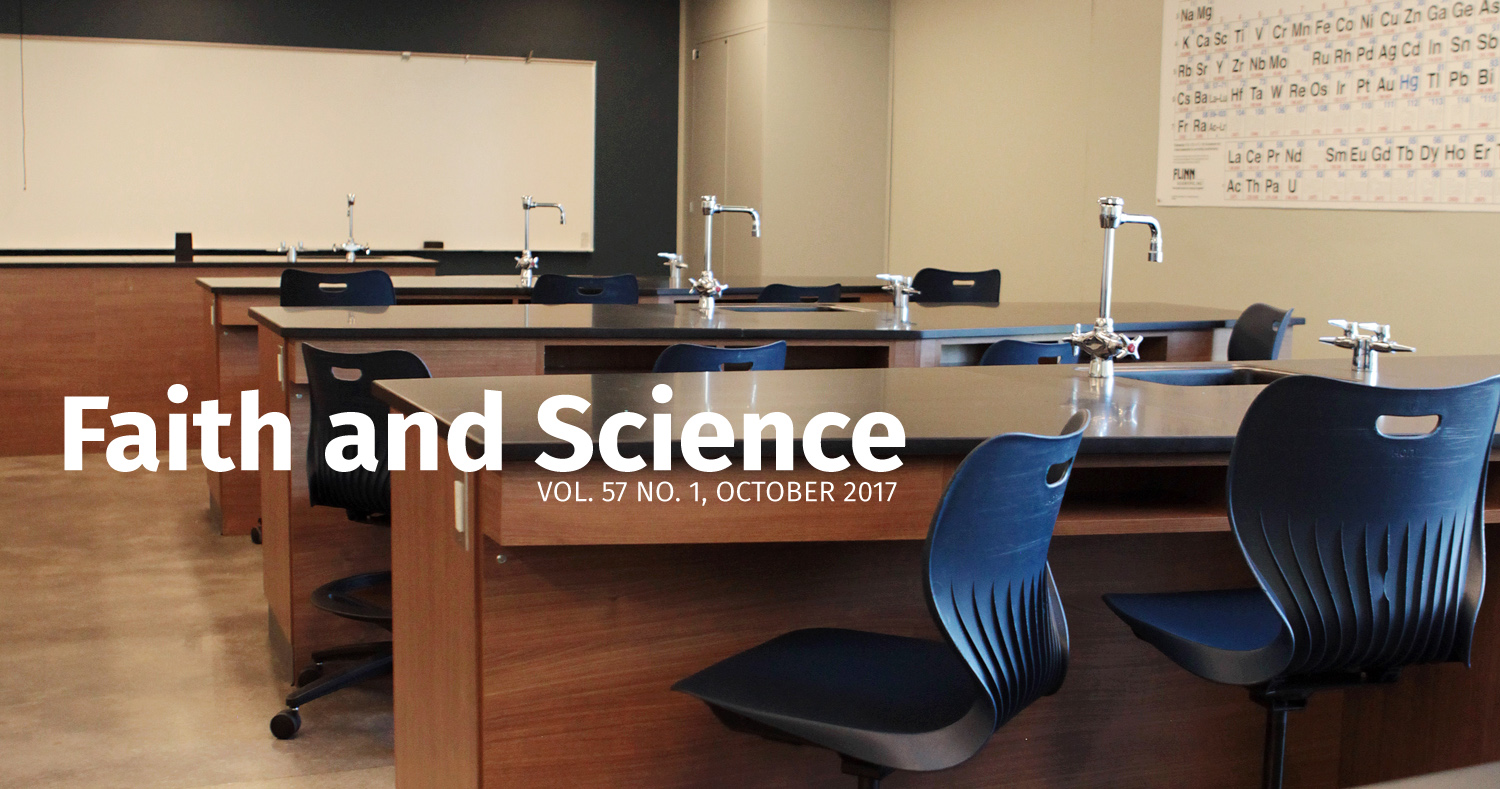We live in an age in which what we think we know from science is modified daily, theological stances on current issues seem to divide as much as unite communities of faith, and questions at the interface of faith and science keep shifting. Both history and present experience suggest that when theology and science point in different directions, it may be hard to predict which one is off target (or whether both are, or whether we have misunderstood the question). History and experience also suggest that Christians may be found on more than one side of the debates. How do we (all of us, even those who are not science teachers) offer a Christian education to students in this context? How might we best help students who will live in a culture in which science is trusted both too much (as if science, applied science, and technology were the oracles best suited to resolve every kind of question) and too little (as if any scientific finding that makes us uncomfortable should be dismissed as propaganda)? The essays in this issue of Christian Educators Journal tackle this question, drawing inspiration from the FAST project, a recent curricular initiative focused on the intersection of faith and science. The FAST project, developed by the Kuyers Institute for Christian Teaching and Learning at Calvin College and the Colossian Forum, was sparked in part by a conversation in a school classroom.
The Origins of FAST
It’s not every day that a five-minute conversation with a teacher during a professional development day turns into a four-year, half-a-million-dollar project. Yet that is what happened a few years ago when I was asked to spend time in conversation with each department at a Christian high school. I had just sat down to talk with the science teachers, and one of them decided to intervene before I could lob any of my alleged wisdom their way. He wanted me to know before we started that he did not need a pep talk about how he should have a Christian worldview or integrate faith and learning or offer a Christian perspective in his classes. He had no quarrel with any of that. He had served his time at conferences, read the books, worn the T-shirt—he wanted his faith to shape his teaching. He paused. “The trouble is,” he confessed, “most of the time I’m just explaining photosynthesis.” In other words, faith-science controversies only come up a few times a year, and most days in the classroom are spent explaining science about which no one disagrees, whatever their faith. Most of the time we are teaching science, and faith does not seem to be doing much work.
This way of looking at things seems to imply that faith only pops up in the classroom when there is a fight to be had or a theological commentary to be offered. Or perhaps faith is supposed to leap in when we don’t know the answer to a question, when the sciences are stumped. (I wonder if Bible classes provide a mirror image: Is science only mentioned when there is an apparent conflict or a mystery that science struggled to explain?) On this model, we can tell students every now and then that God made and sustains everything, but that seems to have little practical bearing on most of the tasks in front of us. It seemed as if this colleague had plenty of zeal for connecting faith and learning but was trying to drive all the traffic across a rather narrow bridge.
Let’s assume you’re right, I responded. Perhaps the moments at which we wrestle with truth questions at the intersection of faith and science are relatively few and far between. How else might faith and science connect?
David I. Smith (PhD, University of London) is director of the Kuyers Institute for Christian Teaching and Learning at Calvin College in Grand Rapids, MI.
